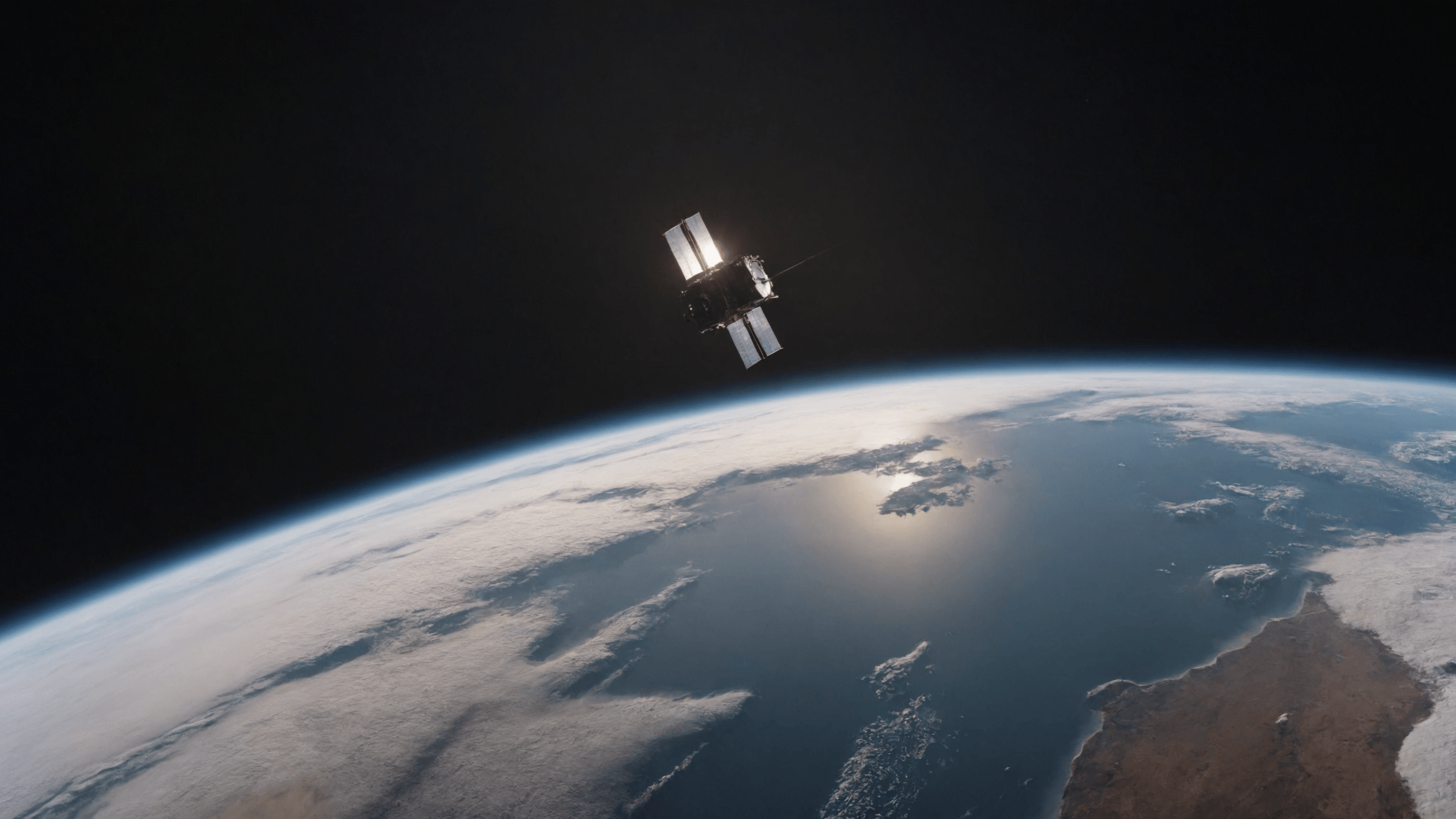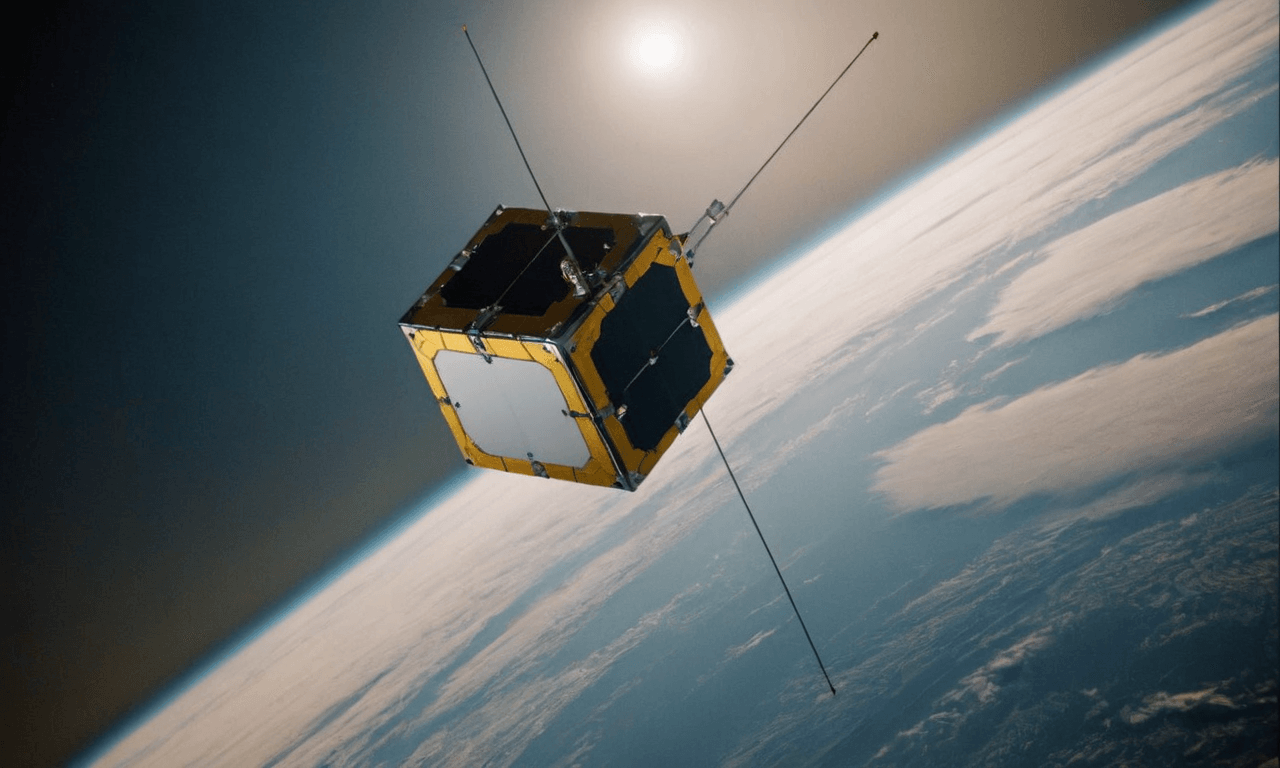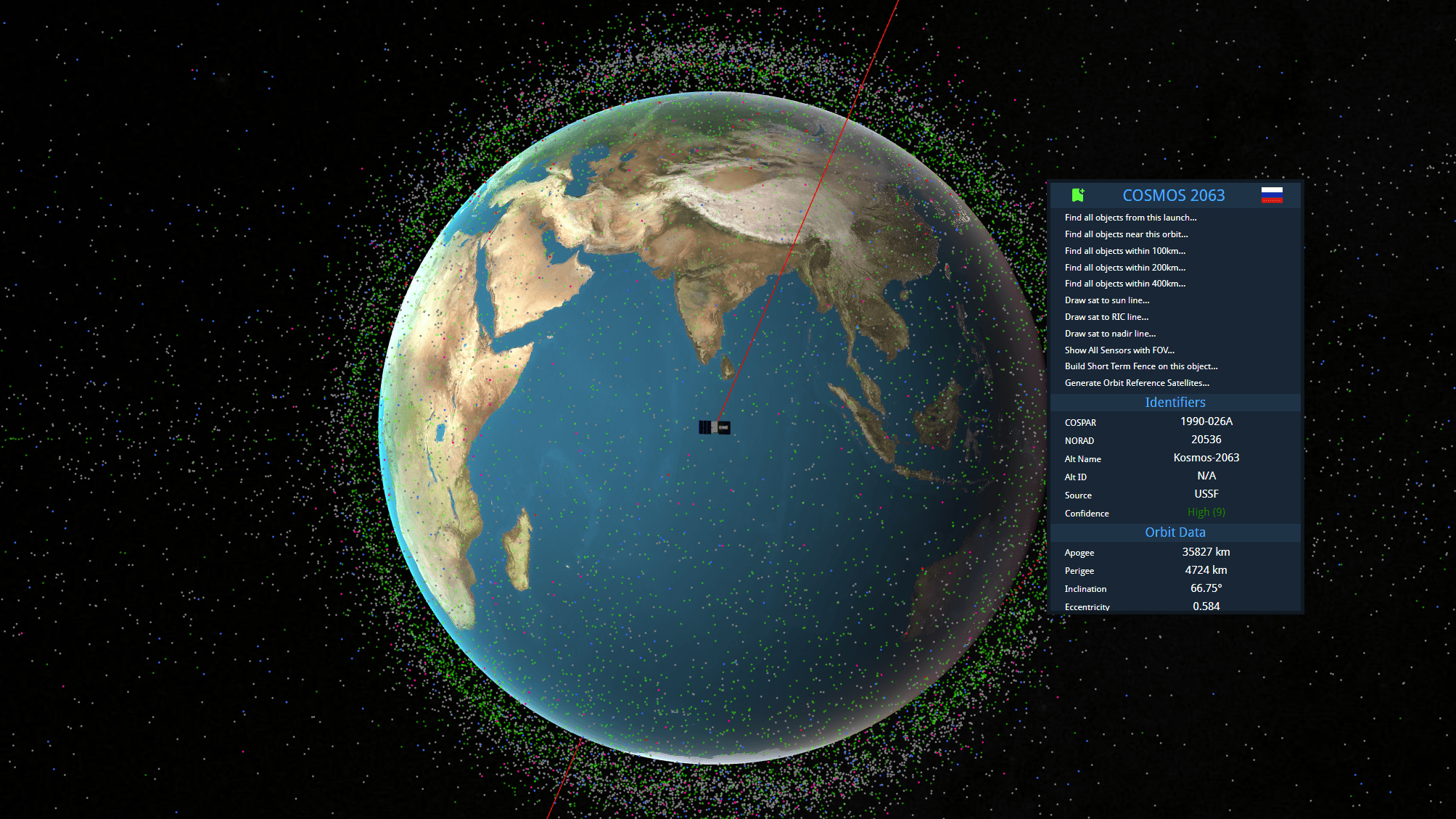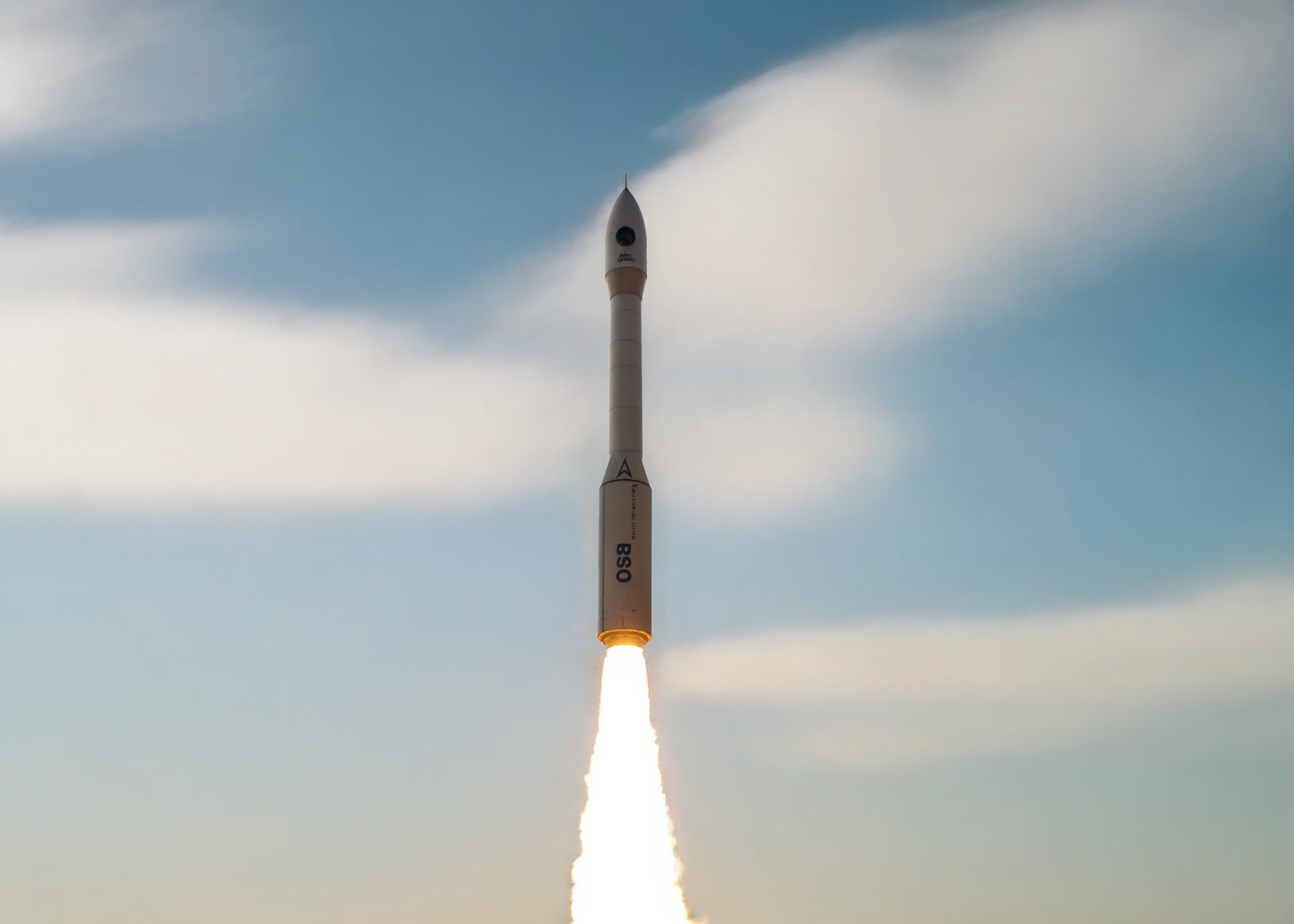· space brief · 5 min read
Space Brief 18 Oct 2024
Explore exciting updates on satellite reentries impacting Earth's atmosphere, China's ambitious space exploration plans, and the latest advancements in the search for extraterrestrial life.
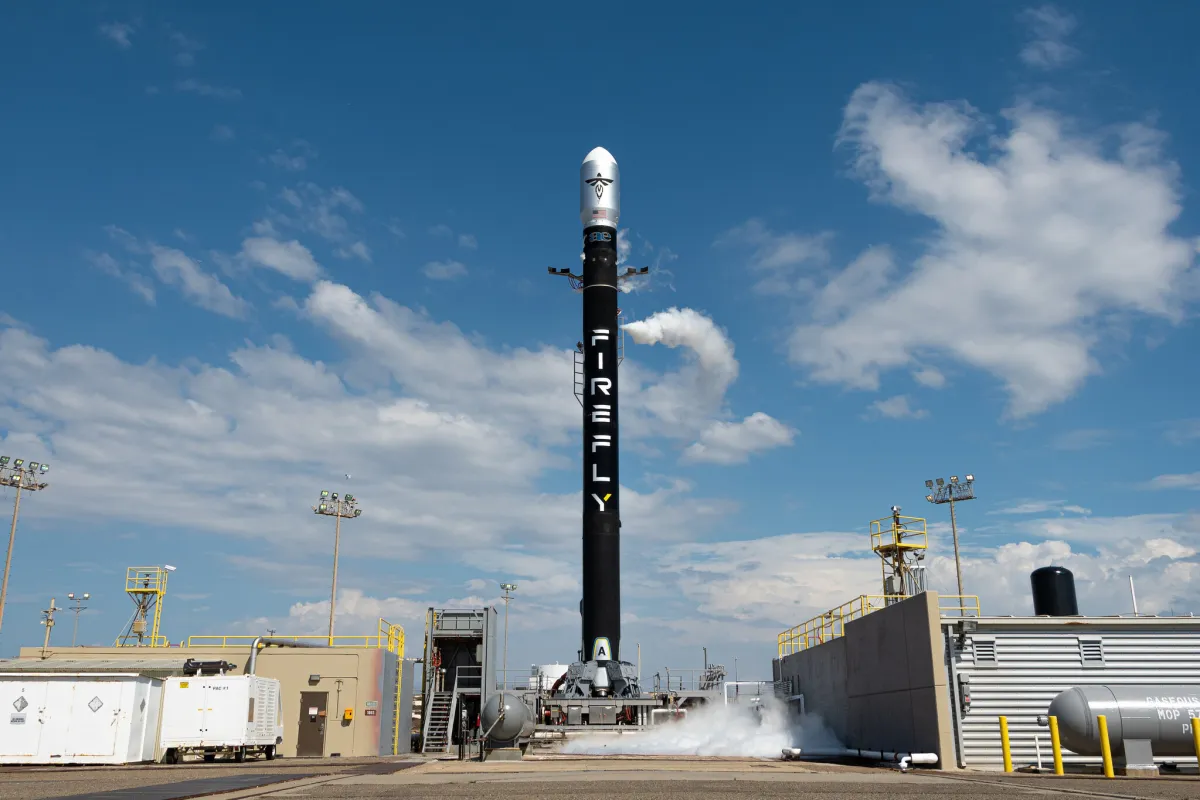
📄Top Stories
Today, we highlight the ongoing concerns over SpaceX’s Starlink satellites’ atmospheric impact, China’s ambitious plans for lunar and interplanetary exploration, and innovative strategies in the search for extraterrestrial life. These stories reveal the complexities and advancements shaping the future of space science and exploration.
📰Detailed Coverage
SpaceX’s Starlink and Atmospheric Impact
Recent studies by atmospheric scientists indicate significant environmental concerns arising from the reentry of SpaceX’s Starlink satellites into Earth’s atmosphere. Approximately 40% of disused satellites entering the atmosphere are from the Starlink constellation, contributing around 500 kg of debris daily. The burning of these aluminum-based satellites results in aluminum oxide, which is potentially harmful to the ozone layer and could alter Earth’s albedo.
As the Starlink constellation expands, with a goal to reach over 40,000 satellites, the environmental impact could escalate. Although these satellites currently contribute to a small fraction of total ozone depletion, increasing satellite numbers highlight the need for sustainable practices in satellite end-of-life management.
Read the full story: Space.com
China’s Expanding Space Ambitions
China is extending its reach into space with plans to explore Mars, asteroids, and Jupiter, and solidify its status in lunar exploration. Following the Chang’e 6 mission that collected samples from the Moon’s far side, China aims to sample asteroids with the Tianwen 2 mission in 2025 and return to the Moon’s south pole with Chang’e 7 and Chang’e 8. These missions aim to understand lunar geology and test resources utilization capabilities.
Further, China is gearing for its ambitious Mars sample-return mission, Tianwen 3, intended to precede NASA’s Mars Sample Return. By 2030, they plan to explore Jupiter’s system and develop planetary defense through asteroid-deflection missions. These ventures illustrate China’s robust strategy to become a leader in space exploration and international partnerships.
Read the full story: Space.com
SETI’s New Strategy at TRAPPIST-1
SETI’s latest venture to scan the TRAPPIST-1 system for extraterrestrial signals introduces a novel strategy focusing on planet-planet occultations, utilizing the system’s unique orbital configuration. Despite no direct signals, the approach demonstrates the potential to detect indirect radio communications.
This method capitalizes on the alignment of planets in the TRAPPIST-1 system, allowing efficient scanning during occultations. This breakthrough strives to bolster the search efficiency for faint radio leaks that may indicate alien technology, using future telescopes like SKAO for enhanced capabilities.
Read the full story: Space.com
Hera Probe’s Departure Views of Earth and Moon
ESA’s Hera spacecraft embarked on its mission to study asteroids Didymos and Dimorphos, sending back stunning images of Earth and the Moon. This follows the DART mission, which demonstrated asteroid deflection as a planetary defense technique. Hera will further analyze the aftermath of DART’s impact, assessing the binary system’s physical properties in detail.
The mission, supported by two mini-cubesats, aims to enhance our understanding of asteroid structures and inform future defense strategies.
Read the full story: Space.com
U.S. Space Force Selects Firefly for Responsive Launch Mission
Firefly Aerospace is set to launch True Anomaly’s Jackal vehicle as part of the U.S. Space Force’s Tactically Responsive Space mission. The agreement underscores Firefly’s ability to rapidly deploy space assets, reflecting a shift towards more agile space operations needed for modern defense strategies.
This initiative highlights the growing demand for quick-launch capabilities to enhance national security and technological advancements in responsive satellite deployment.
Read the full story: SpaceNews
🛰️Satellite Spotlight
- Satellite Name: OPS 6073 (DMSP 4A F2)
- NORAD ID: 02669
- Launch Date: 1967-02-11
- Mission: Weather and climate monitoring for military applications
- Orbit: Inclination of 99.0497°, Period of 100.85 minutes, Eccentricity of 0.0048861
- Operator: U.S. Air Force
- Fun Fact: This satellite is part of the early Defense Meteorological Satellite Program, regarded as a vital component for national security.
Current TLE Data:
1 02669U 67010A 24290.51850903 .00001005 00000-0 42078-3 0 99995
2 02669 99.0497 257.9061 0048861 340.5513 19.3801 14.27788738997452
Track this satellite in real-time on our web app: Track OPS 6073
Upcoming Space Launches
October 18
- SpaceX Falcon 9:
- Starlink Group 8-19 from Cape Canaveral Space Force Station (19:31 UTC) A batch of satellites for the Starlink mega-constellation - SpaceX’s project for a space-based Internet communication system.
October 20
- SpaceX Falcon 9:
- OneWeb 20 from Vandenberg Space Force Base (05:09 UTC) A batch of 20 satellites for the OneWeb satellite constellation, intended to provide global Internet broadband service.
October 21
- SpaceX Falcon 9:
- Starlink Group 6-61 from Cape Canaveral Space Force Station (22:40 UTC) A batch of satellites for the Starlink mega-constellation - SpaceX’s project for a space-based Internet communication system.
October 26
- Mitsubishi Heavy Industries H3-22:
- DSN 3 (Kirameki 3) from Tanegashima Space Center, Japan (06:44 UTC) A geostationary communications satellite for military communications by the Japanese military.
October 31
Galactic Energy Ceres-1:
- Unknown Payload from Jiuquan Satellite Launch Center, People’s Republic of China (00:00 UTC)
Rocket Lab Electron:
- Changes In Latitudes, Changes In Attitudes from Rocket Lab Launch Complex 1, Mahia Peninsula, New Zealand (00:00 UTC) Launch of an unidentified satellite to Sun-synchronous orbit for an undisclosed customer.
SpaceX Falcon 9:
- Sirius SXM-9 from Cape Canaveral Space Force Station (00:00 UTC) SXM-9 is a high-powered, digital, audio radio satellite built by Maxar for SiriusXM.
SpaceX Falcon 9:
- Starlink Group 11-2 from Vandenberg Space Force Base (00:00 UTC) A batch of satellites for the Starlink mega-constellation - SpaceX’s project for a space-based Internet communication system.
Firefly Aerospace Firefly Alpha:
- FLTA006 (Lockheed Martin Demo 1) from Vandenberg Space Force Base (00:00 UTC) First of up to 25 launches of Low Earth Orbit technology demonstration satellites by Lockheed Martin.
China Aerospace Science and Technology Corporation Long March 2F/G:
- Shenzhou 19 from Jiuquan Satellite Launch Center, People’s Republic of China (00:00 UTC) Eighth crewed flight to the Chinese space station.
Note: Launch dates and times are subject to change due to technical or weather considerations.


